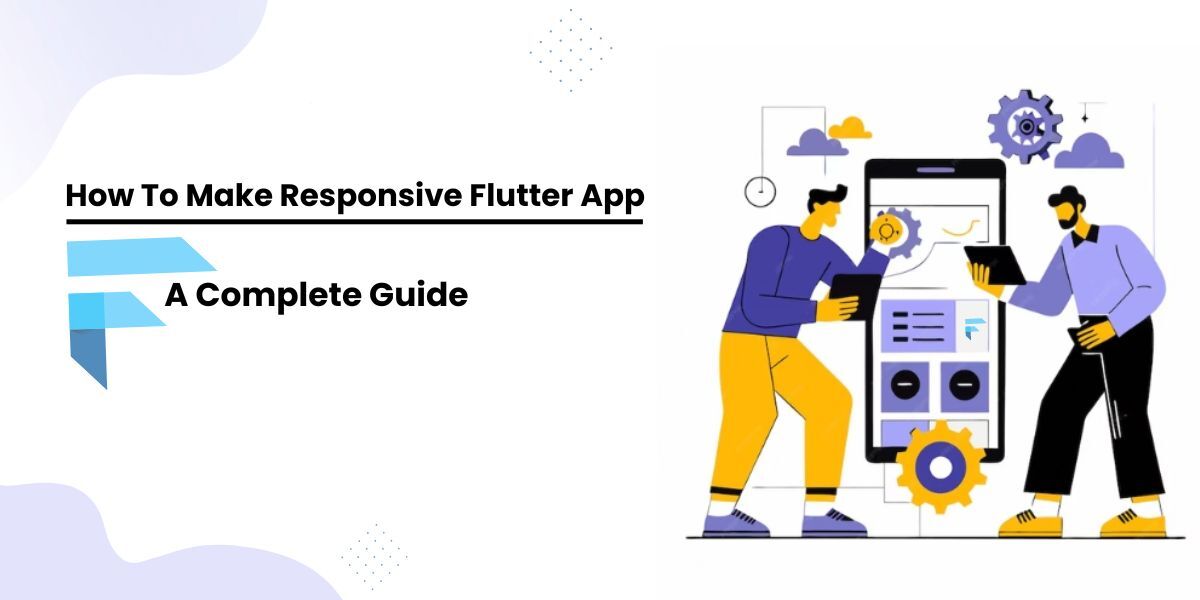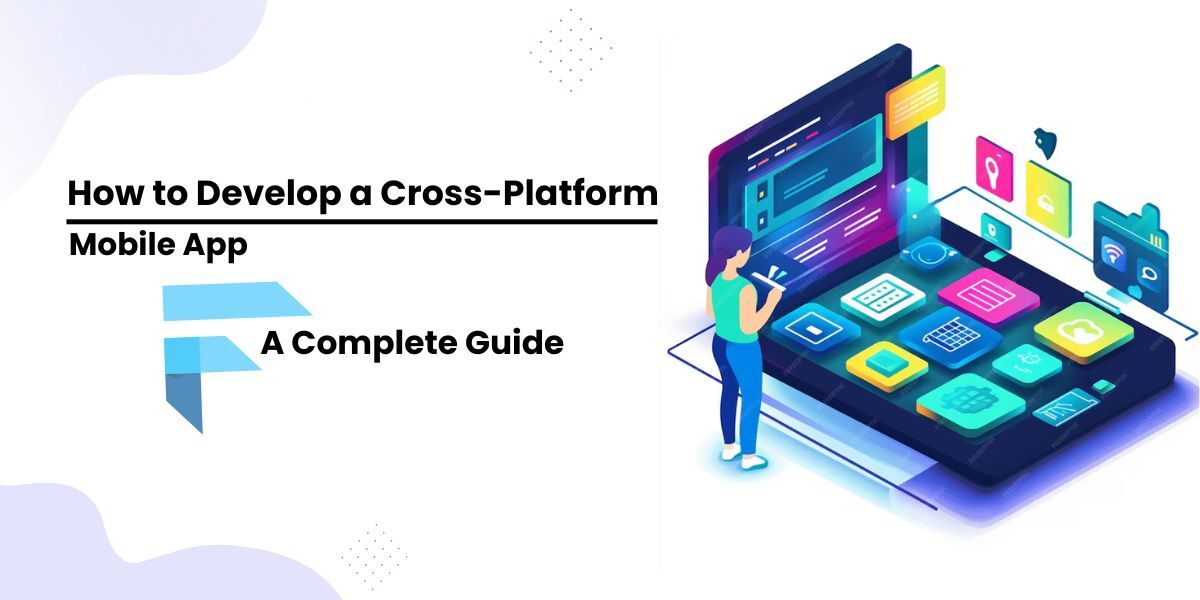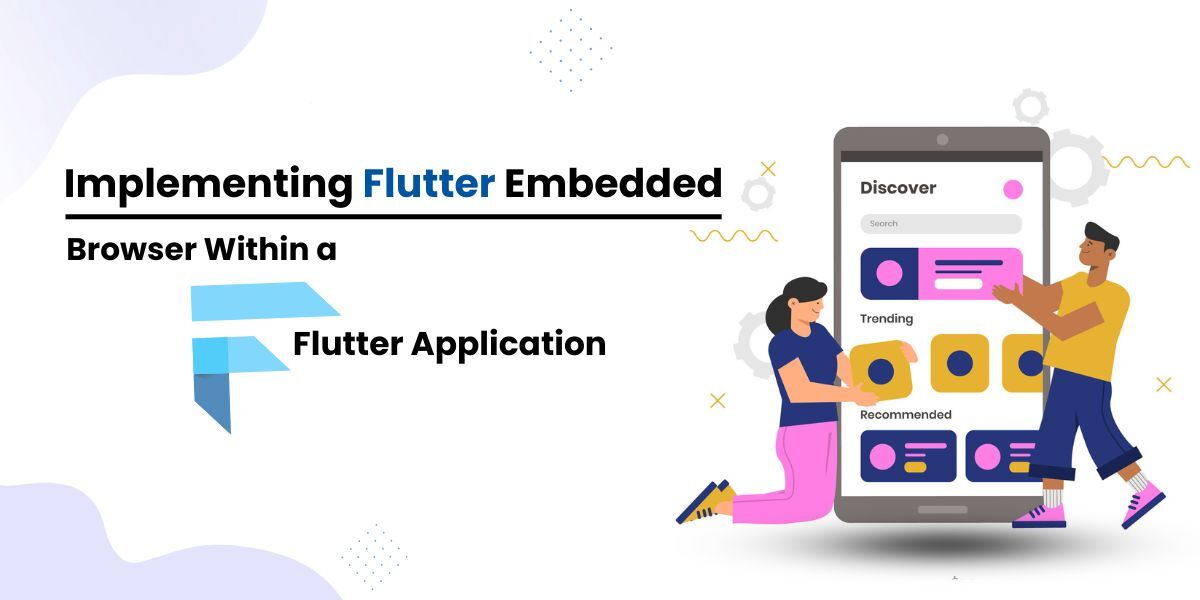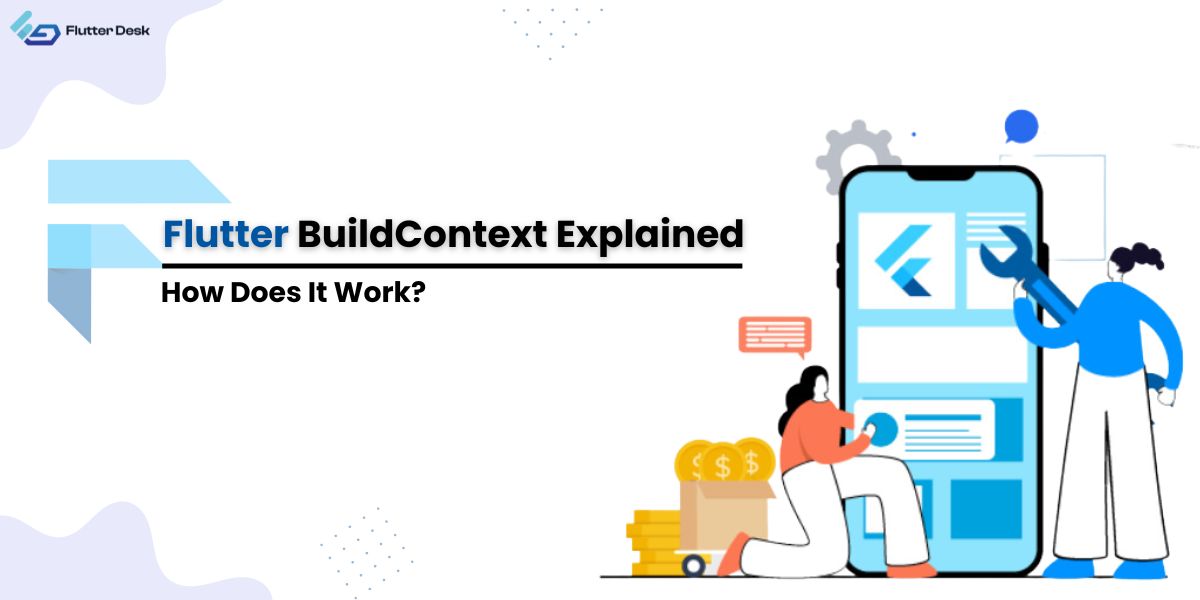Online grocery delivery has been a significant player in the supply chain market, offering advantages to buyers, sellers, and businesses. Retailers provide a tech-enabled strategy to thrive in the future. This online delivery network encourages customers to acquire only the things they need for their homes, which leads to a dramatic increase in demand in the years to come. We have listed the key factors to think about for an online grocery delivery service in this blog. If that could be properly streamlined, it might lead to success in the market for online grocery delivery apps.
What is a grocery delivery on-demand app?
The number of customers using on-demand grocery delivery apps is increasing rapidly. The number of grocery mobile app and healthcare app users increased tremendously compared to the past. These consumers adore the concept of ordering the groceries they need online and having them promptly delivered. All of this occurs without needing to visit the actual grocery stores and stand in queue for payment.
For businesses that require them, there are several web app developers out there nowadays Choose the top flutter app development company among them. They develop distinctive apps that are quick, easy to use, and combined with unique features that appeal to users.
How does the grocery delivery system work?
The functioning of on-demand grocery delivery apps is very simple. In-app, there is a list of grocery items, and the user selects a specific item and adds them to a “cart” option to purchase that item. When a customer requests delivery and approves the order, a delivery boy can view that order. He has the authority to accept the order, cancel it, or accomplish it and deliver it to the customer’s doorstep.
Why would you create a grocery delivery app?
Developing a grocery delivery app seems a little bit glitchy, but it is trending most. The number of users of online grocery apps is increasing day by day. The reason is the app provides the easiness to customers. The cost of grocery items is also affordable. The other reasons why this app is trending the most are given below:
- It saves energy & time
Grocery delivery apps make it simpler for people to manage their daily grocery tasks with just a few clicks. The user can utilize that time to accomplish other things, such as work that is more productive or pursue interests that make them happy, instead of carrying heavy grocery bags and waiting in a queue for payment.
- It improves your brick-and-mortar services
If you run a small, offline supermarket, you can’t opt to ignore the trend. Hire a grocery app development firm to expand your customer base with a small investment.
- Inexpensive business model
If you want to grow your business online but contain only a little investment, then online business helps you accomplish your dream. The cost of an online grocery delivery app depends on the features that you want to add. There’s no extra cost for it.
- Customers can easily access it
With the help of online grocery delivery services, customers can easily access your app, and they can easily access the things they want on their doorstep. This can reduce their stress and ensure the new technology is more comfortable.
- Numerous options at one location
The grocery delivery app contains lots of products in one app. Then it becomes easier to people to understand how the app works. If something is unavailable on the app, they find an alternative according to their wish.
Types of Grocery delivery mobile Apps
Keep in mind that there are several possibilities if you’re trying to create a mobile app for your grocery store business. The market’s most popular categories of grocery applications are covered here. As follows:
- Aggregator Apps
The concept behind this type of grocery app is to provide a list to users with a list of nearby food stores. The user selects one of the grocery stores listed in the list. The user then can add the things they want to buy, in the desired quantity, to the cart by visiting the menu list in the app. When the cart is complete, the user can check out and pay using one of the in-app payment methods. As the payment process accomplishes, the user receives an order confirmation message, and then in real time, the order is tracked by the user.
- Marketplace Apps
This kind of app is similar to the aggregator app. The main distinction is that the marketplace has a team of delivery persons to deliver the food to their customer’s doorstep.
- Single Stores Apps
In this application model, the grocery shop owner hires a developer to create an app for their business and manages everything from app maintenance to menu list updates, order delivery, and payment collection.
- Grocery Chains Apps
The majority of grocery chain applications follow Walmart’s model, which provides its own on-demand app solution. In this case, the operation at the micro-level is comparable to that of a single store.
- Personalized Grocery Apps
These apps are essentially made for consumers to help them plan their grocery shopping efficiently. It enables users to make shopping lists, set reminders, and share grocery-related data with their contacts.
Key Features that Grocery Flutter Developers Used

Every app needs something exceptional to offer to compete in a competitive industry, especially in the on-demand grocery app market. In addition, the concept behind on-demand apps is not brand-new. Consequently, a strategy is needed for the entire development process in order to make it stand out.
Therefore, investing a lot of money in app development without doing the necessary planning and research would be a waste. Before beginning its development, the development company should examine the market data, your concepts, and your unique selling proposition. Here’re the various three panels and features for it.
1- Grocery App User Panel
The user panel is for buyers, where the buyers/customers make an online purchase.
- User Profile
The first session of using such apps is login and registration for the user to view other app details. You have to provide a few details of your such as phone no, email, and other credentials.
- Browse Grocery products
Select a specific product while login into the app. Select a product from the list of food and grocery products listed down with detailed instructions.
- Search Grocery products
Utilizing the appropriate filters, sorting, and search criteria enables customers to identify their goods and items quickly.
- Shopping Cart
After selecting their desired product, customers can add them to the shopping cart. They can also list products in a shopping cart.
- Schedule Delivery
The scheduled delivery option enables users to choose a certain time for receiving their orders and deliveries.
- Order Tracking
It lets customers know their ordering details while checking the order tracking details. It gives updates to the customer and food delivery boy to track the customer’s real-time location.
- Payment Gateways
There are a lot of payment options in one app. Hence, It makes customers more glad to pay their bills through their desired payment option.
- My orders
In this section, customers or users can view their order details, can also view their previous order details, and can reorder the same order.
- Offer Zone
This is a fascinating section of the app. This section indicates overall offers and discount details to its customers, allowing them to benefit from the latest deals.
- Setting & Feedback
This section contains users’ overall ratings and feedback scores during their shopping experience. Also, the customer can update their setting or secure their data through the settings option.
2- Grocery App Admin Panel
The admin or management manages this panel. This section contains detailed information about buyers and the app owner in a way that environment becomes easier to manage.
- Dashboard
The admin manages the dashboard. This makes it easier to manage and track overall order more fluently.
- Order management
In this section, all orders are managed. Here priority matters; the person with the nearest location gets the order first and vice versa.
- Store management
The app contains a multiple stores list, and it is the best place to manage the chain of multiple stores from a single place. All customer’s orders are managed in one place.
- Payment management
To achieve new milestones for the grocery industry, transparently manage all payment mechanisms.
- Customer support
Owners of grocery stores can see and communicate with all of the app-savvy clients under this section.
- Report and analytics
This section contains a brief report related to their app analytics. How much traffic do they have on their app, and from where do they have the most original traffic on their app?
3- Grocery App Delivery Panel
A supermarket delivery app’s operation depends significantly on the retailer. We go out of our way to supply products that make it simple and easy for retailers to receive orders and pack merchandise.
- Notification of delivery request
It displays the requested deliveries, together with the order number and other relevant delivery information.
- Update delivery status
In order to receive a delivery confirmation from customers and retailers, it enables the driver to modify the delivery status of scheduled delivery.
- Real-time location tracking
The driver can easily check the customer’s location to know the best path or short path in which they can deliver the deliveries in a specific time.
- In-app Chat and calls services
In-app chat and call services help the driver to make a suitable connection with the consumer within the app for setting delivery time and checking the shortage route for delivery.
- Accept or reject the delivery notification
The driver can accept or reject the order based on the product availability, pending deliveries, and the number of drivers they have.
- Inventory management
Keep track of all the goods and items purchased, sold, and received daily, weekly, or monthly. Track the orders that have been delivered as well as those that are still on the waiting list.
- View feedback
The driver can check the feedback received from the customers or clients. Additionally, you can adjust your services and follow client recommendations to get people used to the software.
- Customer support
Respond to your client’s questions while overseeing all other retail operations. Hearing them greatly helps in keeping them inspired to use your services.
Advance features of the Grocery Delivery App
The next thing you should know after going through the key features of a grocery shopping mobile app, you should know extra features and functionalities that can be added to the app. By doing this, you can be sure that your software will always be in the lead.
1- Push notification
This feature works efficiently to increase the customer’s engagement with the app. Thus, it’s very beneficial for sustaining and acquiring users. It is essential for any app to keep its engagement with customers but ensure that this can’t irritate users. Otherwise, you can’t get the desired output.
Push notifications are very helpful in alerting customers to new updates and discounts on grocery products. By doing so, your customers get to know what is new in the app.
2- Real-Time Analytics
This function is essential for monitoring all app activity via graphs and statistics. As a result, it becomes simpler to plan for the future and develop offers and methods to entice users.
3- Marketing Tools
This functionality aims to advertise the mobile app to your target market by running in-app adverts and presenting offers for new app users.
4- Communication Channels
The in-app calling feature can be used to call the user, the delivery person, and the store owner while also allowing the delivery person to call the customer and the store owner to call both the user and the delivery person.
The in-app chat feature enables users to send messages to the delivery person and the store owner if they need to specify anything.
5- Google Maps
It was recommended as the ideal solution for navigational purposes primarily because it provides enhanced customization advantages and cutting-edge functionalities.
6- GPS tracking
The ability to use GPS (Global Positioning System) is highly important for a mobile app that delivers groceries since it makes it much easier for drivers to find their customer’s paths. Additionally, it provides users with up-to-date real-time information on order processing and delivery.
7- AI-based delivery system
Due to covid-19 pandemic, it has become difficult to provide the necessary products to their customers. But AI-based delivery systems can help a lot in this way by delivering food products through drones. With the help of AI and ML technologies, to pack the stuff neatly and get them delivered to their customers at the right destination.
Steps For Developing a Grocery Delivery App

Developing a grocery delivery app requires a lot of brainstorming, planning, and innovative features or ideas. As the competition is very high, developing an app that fulfills all users’ requirements takes time, hard work, and planning. Because of this, the development model for creating reliable and high-quality grocery apps calls for these recurring points:
1- Express your thoughts – Planning
Before going to start designing an app, it’s vital to do proper planning. We recognize that you have carefully thought out the features and aesthetics of your app and are ready to launch it as soon as it is practical. However, the problem is that we must take care of the details determining how your app would operate and navigated.
2- Functions & features – Analysis
It’s necessary to add such features and functions that reduce development costs, and the upgraded features mean innovation and are working. Having a predefined feature list will reduce development time for developing the app.
3- Prototyping – Design
The app’s features and capabilities are tested on a prototype that has been created. The real app will developed if the prototype looks good. The cost of development time can be managed with a specified list.
4- Development
After prototype work is finalized, the development work is started on the app. The team started to work on individual features of the app. And make sure the features and functions quality is up-to-date. Each function is verified several times for innovative purposes.
5- Analysis & Testing
After developing the innovative functions and features, each of them is individually analyzed and tested to ensure that every function is working properly and every feature is flawless. If there’s any mistake that occurs, then it’s updated quickly.
6- Deployment – Implementation
The app is deployed to you following testing and verification. The grocery delivery app that would be sent to you would have undergone thorough testing for all of its features and would accurately reflect your expectations. After the client approves the app, further implementation gets started.
7- After Delivery Support -Maintenance
After successfully delivering the app to its client. It becomes difficult to stick with the same app without any innovations in it. Of course, the users who are using the app also get bored. To keep its maintenance well and innovative, it’s necessary to stay in touch with app developers so that your app works smoothly with its updated version.
8- Team Composition
The key to creating an elegant online grocery delivery app development is to work with a business specializing in app development with a team of skilled app developers, UX/UI designers, and QA experts.
Leading Businesses – Online Grocery market
On-demand grocery delivery is currently among the highest-grossing industries. Major companies like Walmart+, Instacart, Shipt, Target, Kroger, and Amazon Fresh are making a name for themselves in this market.
Walmart+: Sam Walton, 1962
Instacart : Apporva Mehta, 2012
Shipt: Bill smith, 2014
Target: George Dayton, 1902
Kroger: Bernard Kroger, 1883
Amazon Fresh: Dave Clark, 1994
Market Statistics & Growth
The statistics and growth rate of grocery delivery are given below:
- The size of the global food and grocery retail industry was estimated at USD 11,324.4 billion in 2021, and it is projected to increase at a 3.0% CAGR from 2022 to 2030.
- IBISWorld projects that over the five years to 2022, industry revenue will rise an annualized 2.6% to $811.5 billion.
- In the US, the most grocery delivery downloaded app is DoorDash, with contains 39M active users. GrubHub is another leading grocery delivery app with 16M active users.
- With a share of 27.2%, Walmart is the largest retailer in the US, and Amazon is second with a share of 20.8%.
- Due to high advancements in technology, it’s stated that 63% of users will like to shop for grocery products through their Android while going to other websites or going by themselves.
- The most popular online grocery businesses are Walmart+, Instacart, Shipt, Target, Kroger, and Amazon Fresh.
Technology Stack Development
The technology used in developing grocery delivery apps as full stack developer (front end+ back end developers) is given below,
- Mobile platforms: iOS and Android
- Real-time analytics: Cisco, Spark, Apple Flink, IBM, and Bigdata
- Database: Postgress, MongoDB, Cassandra, Mail Chimp Integration, and HBase
- Payments: Phone, SMS, Braintree Voice, Stripe, PayPal, e-Wallets Nexmo and Twilio for verification
- Push Notifications: Twilio and Push.io
- Cloud environment: Azure, Google, and Amazon Web Services (AWS)
How much does it cost to develop a grocery delivery app?
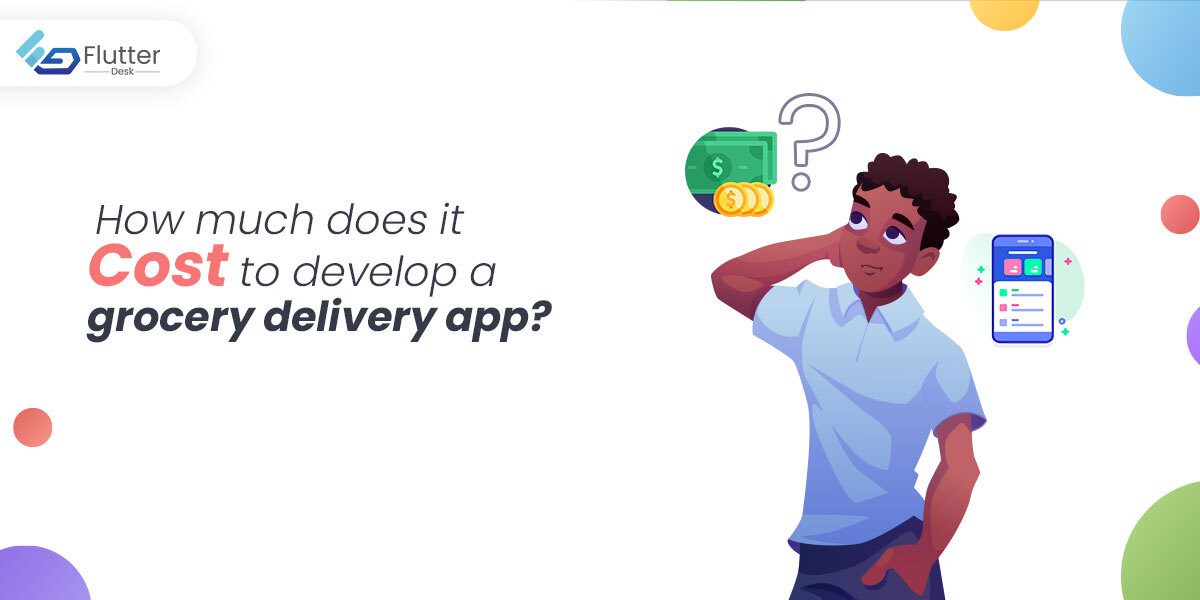
Any mobile app’s price is influenced by several variables, some of which are listed below.
- The application’s complexity
- The number of app stores
- Size of Development Team
- Region for App Development
- Integration of Third-Party Apps
The features and design you decide to include in your app will impact how complex it is; the more complex the features and design, the more expensive the app will be. A single platform, such as iOS or Android, will also result in a lower cost for your software than having it produced for both. The development region follows after that.
A mobile application’s hourly development cost varies by location. For example, whereas hiring a Flutter app developer in the USA can cost between $150 and $250 per hour, hiring developers in Eastern Europe can cost between $100 and $150 per hour. If you decide to hire Indian developers to create your software, the hourly cost may vary greatly, ranging from $40 to $80.
According to this estimate, if you decide to work with Indian developers or an app development business, constructing a simple mobile app with important features for a single platform would be between $15000 and $25000. A feature-rich app for both platforms would cost about $35,000.
Wrap Up
That’s it all. Now you have a complete guide to grocery delivery app development in FluttreDesk, how it works, key features and features, marketing statics, growth, and most importantly, its cost. Enter the market of grocery delivery apps sounds good, and it’s a great idea too, but if you don’t add innovations, then the app can’t reach its maximum profit. So adding new innovations will get users engagement and high engagement of users with the app. If you don’t have many skills to develop a grocery development app, don’t waste your time; hire a professional today for the best analytics.


